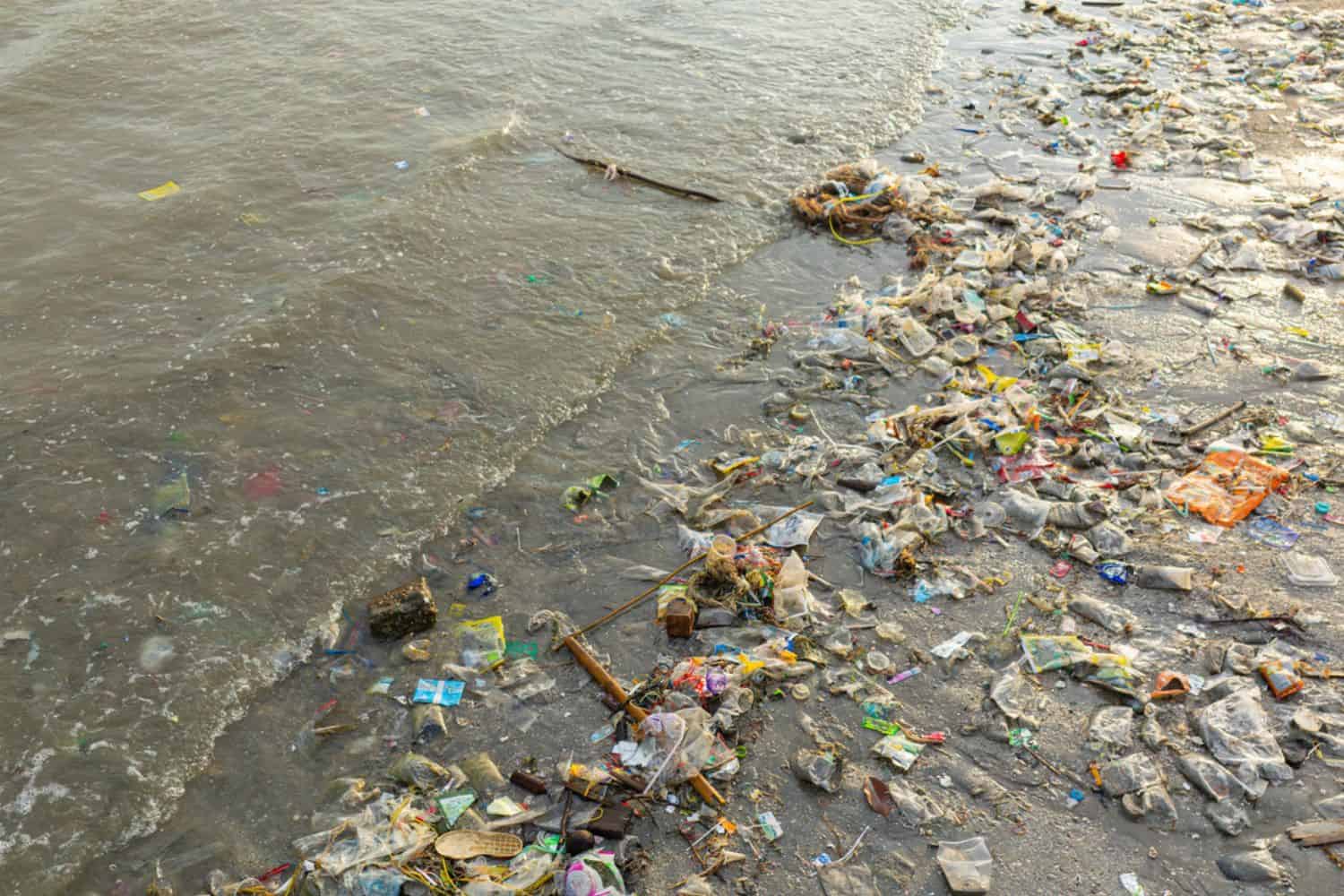The grim details were revealed in several studies commissioned since the year 2000.

South Africa’s water resources and drinking water have been contaminated with microplastics, chemicals, pharmaceuticals and anti-retrovirals (ARVs) that could pose risks to human health and the environment.
The grim details were revealed in several studies commissioned since the year 2000 by the Water Research Commission (WRC), an entity of the department of water and sanitation (DWS), along with local and international research organisations.
Studies
The studies were commissioned to probe the presence of contaminants of emerging concern (CEC) in water resources and drinking water.
One of the studies related to anti-retrovirals (ARVs) was undertaken by the University of North West.
ARVs
The study found traces of ARVs in samples taken from rivers and potable water sources.
South Africa has rolled out a massive programme to curb HIV and Aids, including access to ARVs to reduce the risk of the onset of Aids.
In a statement, water and sanitation department spokesperson Wisane Mavasa said that traces of ARVs are entering municipal sewage systems and passing through these systems into rivers.
“This can be attributed to the pharmacological process where the active part of the medication is absorbed by the body, leaving the residual to be discharged from the body, subsequently finding its way into the sewage system.
“These traces of ARVs can then also be present in water that has been extracted from rivers by municipalities to be treated and supplied as potable water,” Mavasa said.
ALSO READ: Rand Water rubbishes claims of ‘poisoned’ Vaal Dam water
Water quality
Mavasa said the key quality risks to human health of a biological and microbiological nature are “well understood and regulated in South Africa”.
“The traces of pharmaceuticals, microplastics and other such CECs that have been found in water resources in South Africa are very small, measured in nanograms (one billionth of a gram). Conventional water and wastewater treatment technologies are designed to remove much larger contaminants such as particles of faeces and bacteria.”
The study, commissioned by the WRC and carried out by North West University, found that:
- Almost all the concentrations in drinking water samples at the test sites were below limits of quantification. The most frequently detected compound was fluconazole (28 detections from 72 samples), with concentrations ranging between 0.06-1.8 μg/L (nanograms per litre)
- Nevirapine and efavirenz were the second most detected compounds, both with 22 detections out of 72 samples
- However, on average, lopinavir and efavirenz had the highest concentrations of the compounds analysed, while Didanosine and zidovudine were the least detected compounds (2 and 6 detections out of 72 samples).
Wastewateer treatment plants not removing ARV traces
Mavasa added that higher concentrations of traces of ARVs were found downstream of wastewater treatment plants.
“This means that the municipal wastewater treatment works are not removing them, because most existing wastewater treatment works have not been designed to remove CECs. Low concentrations of ARVs were found in some of the drinking water samples.
“There is a possibility that high concentrations of ARVs in sewage or municipal wastewater might reduce the effectiveness of the wastewater treatment works in removing bacteria from the wastewater. Further research is required in this regard,” Mavasa said.
ALSO READ: Joburg Water warns Phumlamqashi it will not reconnect illegal connections
Is the water safe?
Mavasa said that while the presence of ARV residues in drinking water is harmless, prolonged exposure to the broader population may lead to antimicrobial resistance, a subject of ongoing research.
“Pharmaceuticals such as ARVs are drugs used to treat diseases – they do not cause diseases. Therefore, the presence of traces of ARVs in the water will not result in people contracting HIV.
“At present, there is limited knowledge of environmental toxicity, potential adverse effects on ecosystems and viral resistance of these compounds. The study did not find any ARVs in fish,” Mavasa said.
No regulation
Mavasa said while CECs are a growing global problem and area of attention around the world, globally the level of CEC compounds in water is generally not yet regulated, which is partly due to their presence often being below quality detection limits.
“However, due to their continuous production, lack of appropriate disposal, constant input into the environment and presence in water resources, albeit in small concentrations, there is now increasing global research into the issue.”
Mavasa said development of methods and techniques to accurately trace these elements in water is one of the key focus areas of global research, adding that research is also being done on effective methods of treatment of the problem, including advanced membrane systems.
ALSO READ: Water crisis deepens: 13% of SA’s water now unsafe to drink






